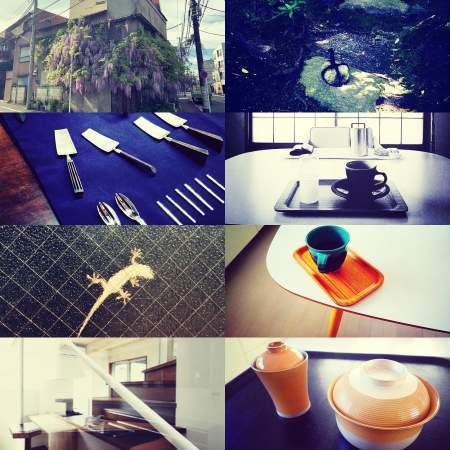都市と暮らしをつなぐ情緒
記憶は建築の外側にあるものであり、記憶から建築が導き出される。そして、プランは建築の内側にあるものであり、プランから建築は出来上がる。また、記憶の源はプランから派生した見え方である。記憶とプランと建築は相互に内外混じり合いながら関係性を持つ。過去のプランは記憶そのものであり、過去のプランから派生した見え方やそれに伴う暮らしの情緒が記憶の中身になる。見え方を通した暮らしの情緒は誰でも郷愁を誘うがそれは個人的なことであるから他人にはわからないかもしれない。しかし、そうして除外されていることで個人的な暮らしの情緒が他者性を帯び、それが建築として具現化された時には情緒を除外させたもの、たぶんそれは効率であり、効率か非効率かの脱構築として個人的な暮らしの情緒が使え、それが都市に対する関係性を築くきっかけにもなる。だから、過去のプランから個人的な暮らしの情緒につながるものを抽出して新しい建築に活かす。
"Emotions that connect the city and life"
Memory is outside of architecture, and architecture is derived from memory. And the plan is inside the architecture, and the architecture is completed from the plan. Also, the source of memory is the appearance derived from the plan. Memories, plans, and architecture have a relationship that mixes internally and externally. The past plan is the memory itself, and the appearance derived from the past plan and the emotion of life that accompanies it become the contents of the memory. Anyone can feel nostalgia for the emotion of living through the way they see it, but since it is a personal matter, others may not understand it. However, such exclusion makes the emotions of personal life alien, and when it is embodied as architecture, it excludes emotions, perhaps it is efficiency, efficiency or inefficiency. The emotion of personal life can be used as a deconstruction, and it also becomes an opportunity to build a relationship with the city. Therefore, we will extract things that lead to the emotions of personal life from past plans and utilize them in new architecture.


